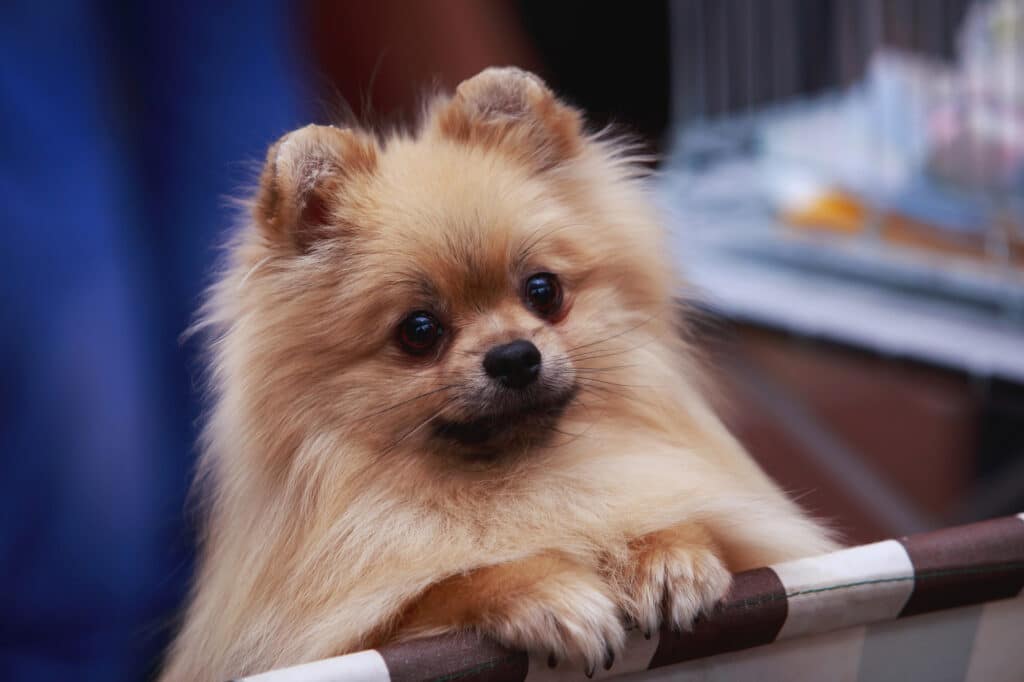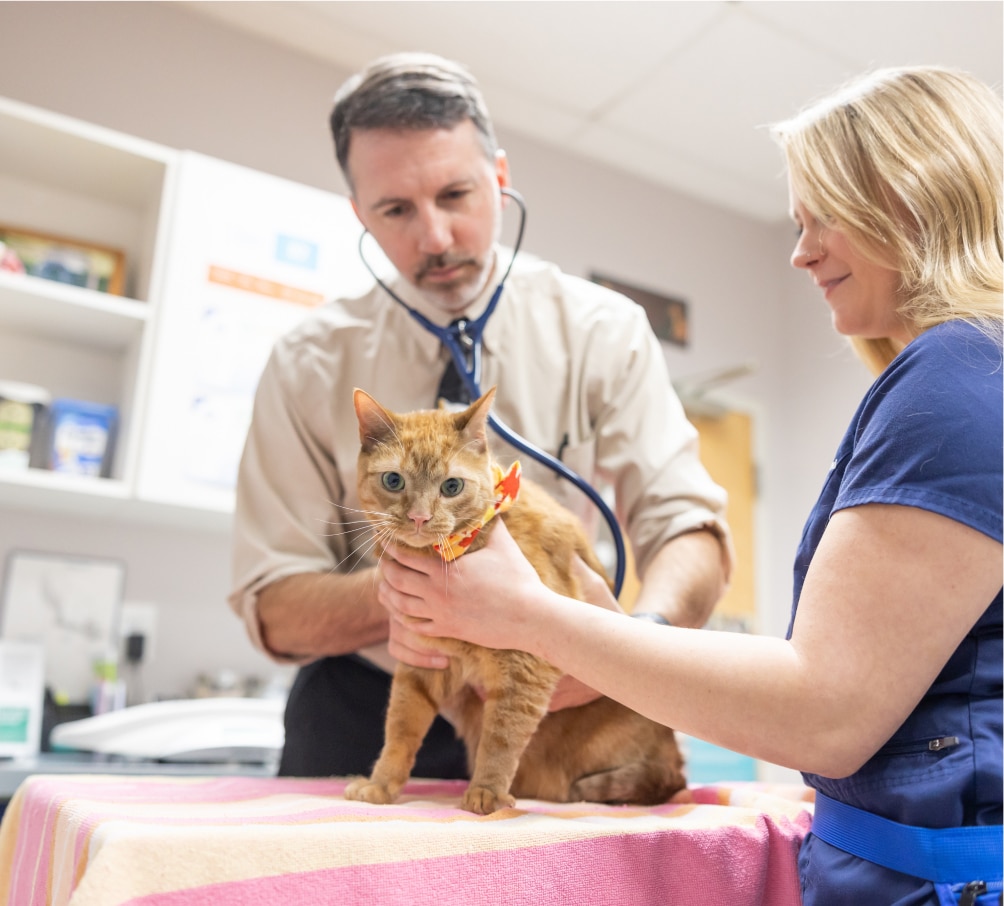Welcoming a furry friend into your home is a delightful experience, but it can come with its own set of challenges, one of which is separation anxiety. Just like humans, dogs can experience distress when left alone. However, with understanding, patience, and a few practical strategies, you can help your beloved pup overcome separation anxiety and foster a calm and confident demeanor.
Gradual Departures: Begin by leaving your dog alone for short intervals, gradually extending the time as they become more comfortable. This helps them understand that you will return and eases the stress associated with your absence.
Establish a Routine: Dogs thrive on routine. Design a consistent schedule for feeding, playtime, and bathroom breaks. Predictability provides a sense of security and stability, mitigating anxiety triggers.
Create a Safe Space: Designate a cozy area with your dog’s bed, toys, and familiar scents. This retreat becomes a safe haven, offering solace when you’re away.
Interactive Toys and Puzzles: Engage your dog’s mind with interactive toys and puzzles that dispense treats. These divert their attention, keeping them occupied and mentally stimulated during your absence.
Calm Departures and Returns: Avoid overly emotional goodbyes and greetings. Instead, calmly leave and return without fuss. This helps normalize departures and reduces your dog’s heightened excitement.
Desensitization Training: Gradually accustom your dog to your departure cues, such as grabbing keys or putting on a coat. This desensitization technique minimizes the association between these cues and your absence.
Enlist Professional Help: If your dog’s separation anxiety persists, consider consulting a professional dog trainer or behaviorist. They can provide tailored strategies and exercises to address your dog’s specific needs.
Use of Calming Aids: Consult your veterinarian about the use of calming aids, such as pheromone diffusers or anxiety wraps. These products can help soothe your dog’s nerves during periods of separation.
Practice Alone Time: Engage in activities where your dog can be alone even when you’re home. This helps break the constant companionship cycle and fosters independence.
Positive Reinforcement: Celebrate small victories. When your dog exhibits calm behavior during your absence, reward them with praise, treats, or a favorite toy. Positive reinforcement reinforces their confidence.
Remember, every dog is unique, and patience is key. Progress may be gradual, but consistent efforts will contribute to a happier, more secure canine companion. By following these steps and nurturing a supportive environment, you can help your furry friend overcome separation anxiety and thrive in your loving home. If you find that even with these strategies your pup needs additional help, consult the professionals at Old Farm Veterinary Hospital. Our team of skilled veterinarians and technicians will give your pet the care they need to deal with stress and develop healthy habits. Schedule your appointment!



